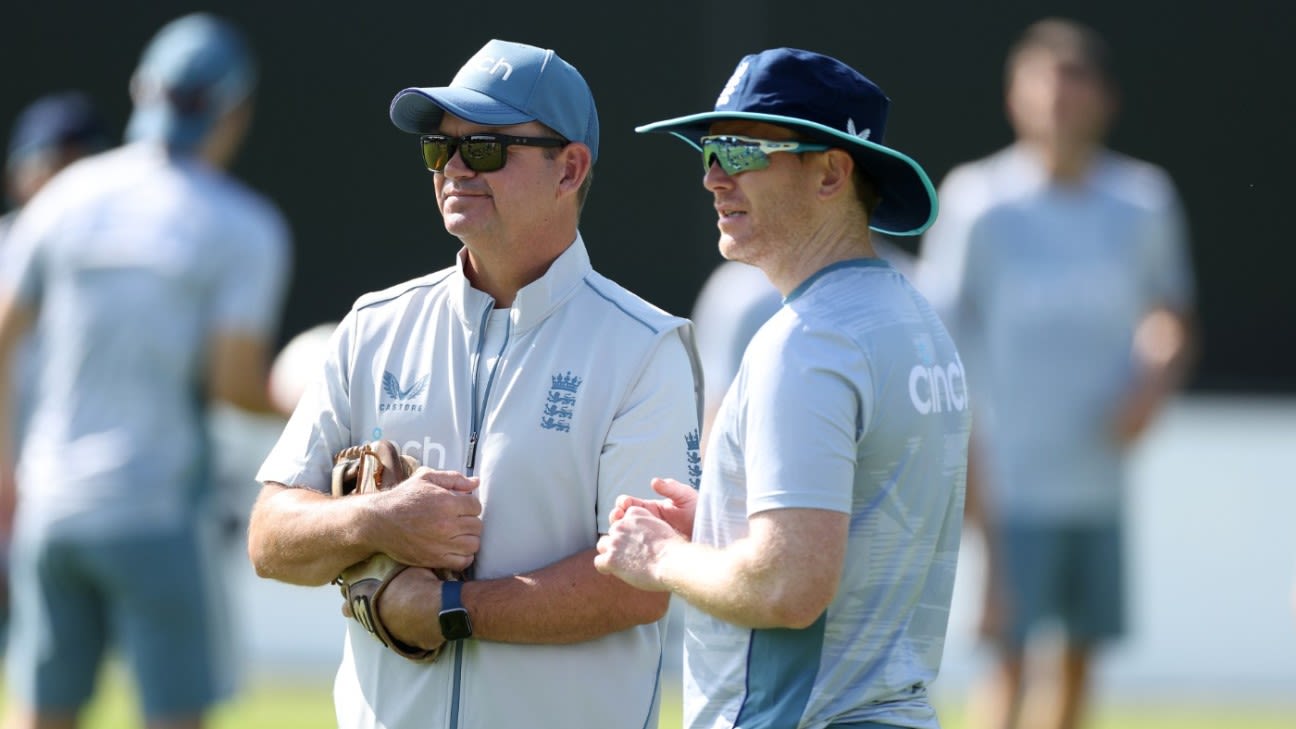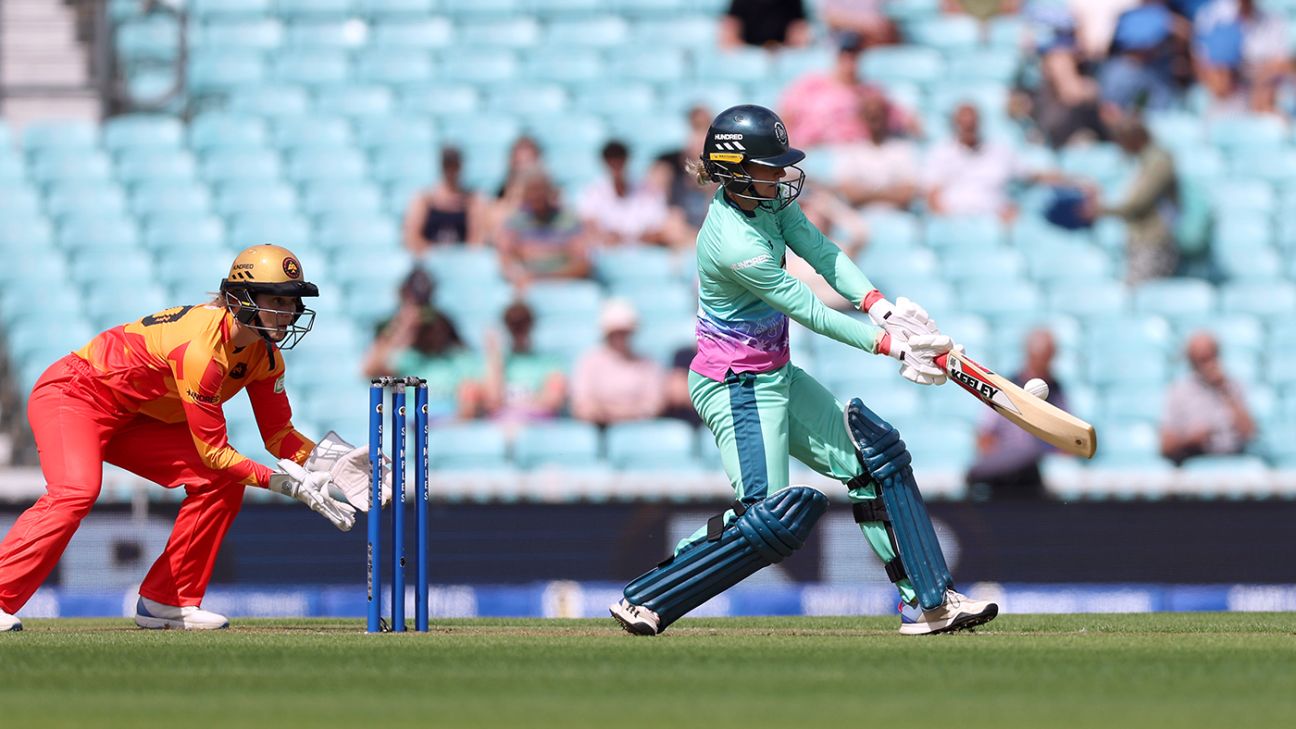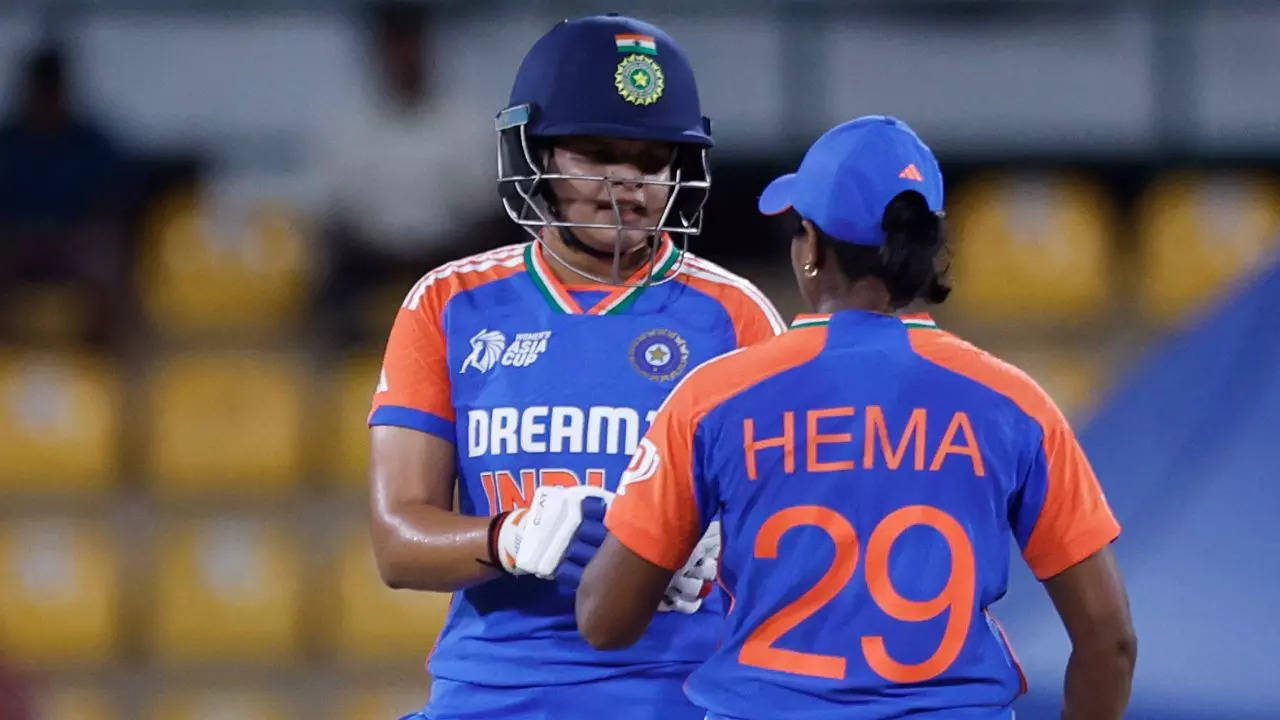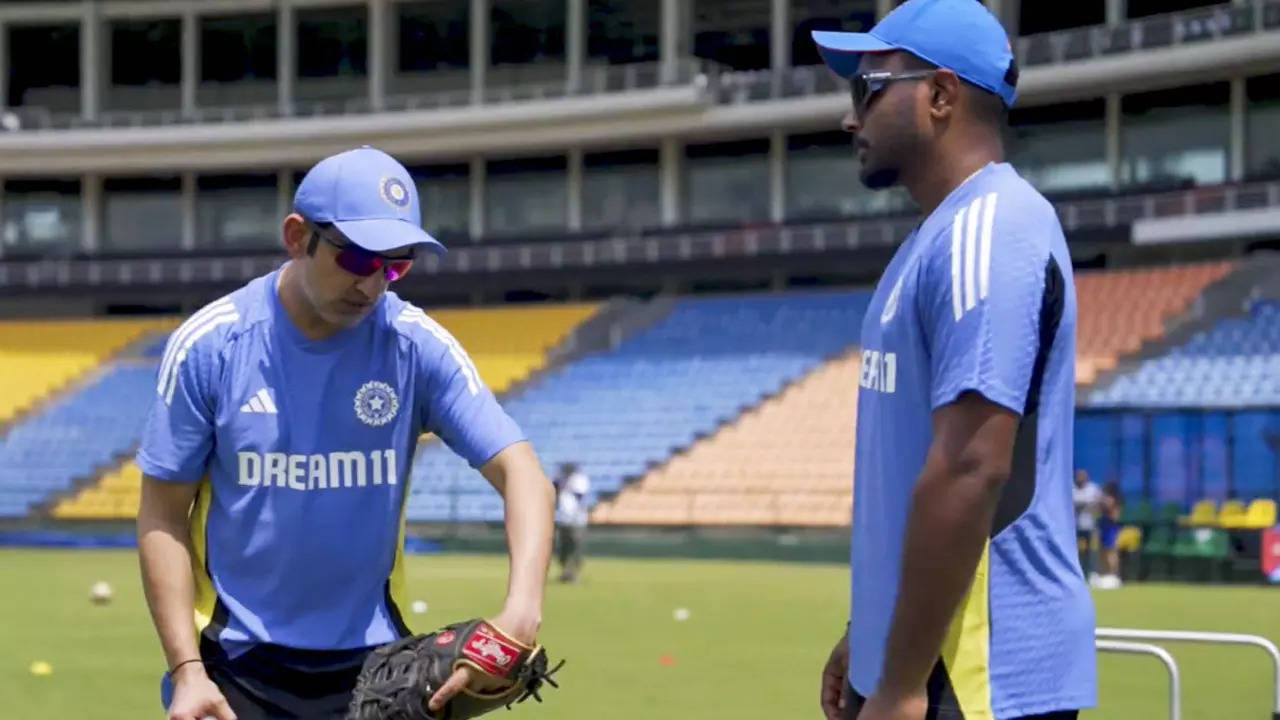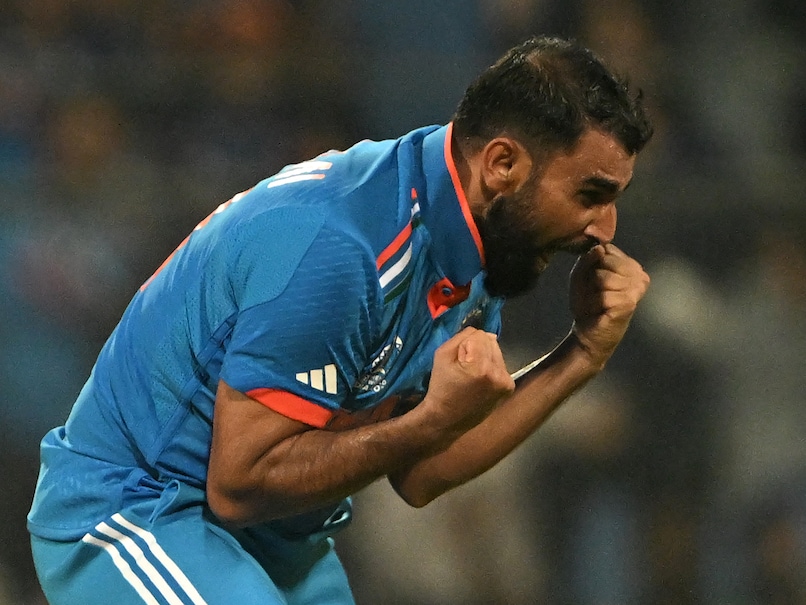West Indies Fast Bowlers: A Legacy of Fear and Broken Bones
The West Indies fast bowlers have left an indelible mark on the annals of cricket, leaving a trail of broken bones and shattered dreams in their wake. One of the most iconic images in the sport is that of England’s Mike Gatting, his nose shattered by a delivery from the legendary Malcolm Marshall.
Marshall’s pace was so fearsome that he once found a piece of bone embedded in the ball after bowling a delivery. Three days later, another West Indian fast bowler, Patrick Patterson, claimed four wickets on his Test debut, helping his team to a crushing 10-wicket victory. It was the first time in history that a team had lost 5-0 after just one Test.
Generations of West Indian fast bowlers have terrorized batters with their raw pace and relentless aggression. Michael Holding’s over to England’s Geoff Boycott in Barbados in 1981 is widely regarded as the fiercest and finest in Test cricket history. Boycott was beaten by the first five balls, and the sixth prised his off stump out of the ground.
In the days when such things were allowed, it was a thrilling spectacle to stand behind the nets and witness the sheer pace of the West Indian bowlers. Andy Roberts, Malcolm Marshall, and Joel Garner were among the most feared bowlers of their era.
By far the fastest bowler I ever saw was Patterson, who tore apart the England batting lineup in a 5-0 Test series win. His pace was frightening, and my respect for batters like Sunil Gavaskar and Graham Gooch went up manifold.
“I knew if I got hit by any of his deliveries, I could die on the spot,” said Krishnamahcari Srikkanth, who faced Patterson bravely in Sharjah and in home series. “I survived only because of my reflexes.”
There are few more thrilling sights on a cricket field than a fast bowler in flow. It appeals to something primal in us, affording us a glimpse of something refined for modern sensibilities. None of us likes fast bowling, said an English batter, but some of us don’t let on. Opening batters are natural fits on psychiatrist’s couches; to be unaffected requires the kind of mind and skill not available to all.
Former England opener Steve James once said, “I was scared of fast bowling. Or to be precise, I was scared of being hurt by fast bowling. I am pretty sure many other batters had similar feelings, but how many admit it?”
The death of Australian Phil Hughes from a bouncer in a first-class game has made the reaction to fast bowling more rooted in common sense and openness. In general, as studies have shown, a batter has 0.6 seconds to work out the line of the ball, figure out its likely course, decide on the stroke, and then for the limbs to receive that information from the brain before a stroke is played. Speed often defeats reactions, as fast bowler John Snow said.
However you look at it, a West Indies batter reminding an English fast bowler of those waiting at home is simply delightful!



